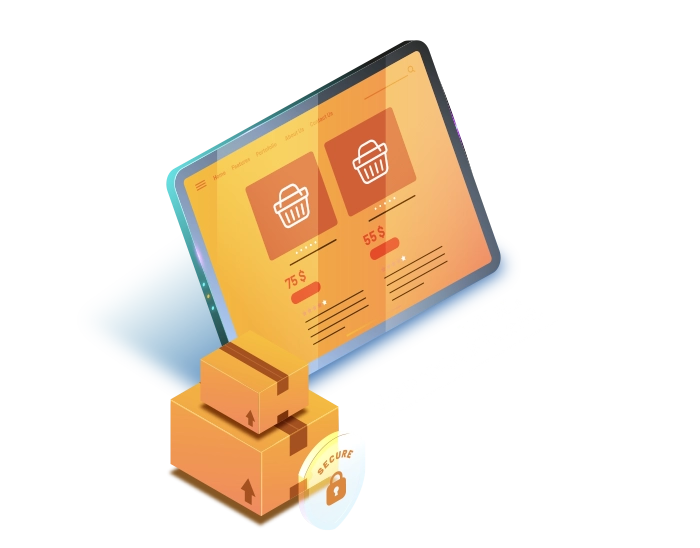Minimum Advertised Price (MAP) policies are a cornerstone of brand protection in today’s competitive e-commerce landscape. They help maintain pricing integrity, protect profit margins, and ensure a level playing field for authorized sellers. But MAP violations—when sellers advertise your products below the agreed-upon price—can unravel these efforts, erode brand value, and spark price wars. The good news? With the right strategies, you can avoid MAP violations and keep your distribution network in check. Here are some best practices to help you stay ahead.
1. Limit Unauthorized Sellers to Reduce MAP Pressure
The fewer unauthorized sellers on your listings, the fewer MAP violations you’re likely to see. Why? Authorized sellers—who’ve signed onto your MAP policy—are less motivated to slash prices when they’re not battling a swarm of rogue competitors. Unauthorized sellers, often resellers or gray-market players, don’t care about your brand’s rules. They’re in it for quick profits, and their lowball pricing can push authorized sellers to break MAP just to stay competitive.
Action Step:
Tighten your distribution chain. Work with wholesalers and distributors to track where your products are going. Use tools like serialized inventory or unique product codes to spot leaks. The cleaner your listings, the less pressure there is to undercut MAP.
2. Partner with Quality, Honest Authorized Sellers
Your authorized sellers are your brand’s ambassadors. Choose partners who share your vision and want your brand to thrive—not ones who see MAP as a rule to test. High-quality sellers prioritize long-term relationships over short-term gains, meaning they’re less likely to flirt with violations or “accidentally” list below MAP to snag a few extra sales.
Action Step:
Vet potential sellers carefully. Look for a track record of compliance with other brands, strong communication, and a commitment to your guidelines. A seller who’s invested in your success is less likely to risk their status over a few bucks.
3. Monitor Major Retailers Closely to Avoid MAP Violations
Big players like Amazon, Walmart, or other major retailers can make or break your MAP strategy. If they drop below MAP, it’s not just a violation—it’s a domino effect. On Amazon, a MAP-breaking price can suppress your Buy Box, tanking visibility. On Walmart or elsewhere, it can trigger price cascading, where smaller sellers and marketplaces race to match the new low. Worse, some retailers might hit you with chargebacks, selling your product at a loss and billing you the difference to cover their margins.
Action Step:
Use price-tracking software to monitor these giants daily. Set up alerts for price drops and act fast when violations pop up. Major retailers move the market, so keeping them in line helps you avoid MAP violations downstream.
4. Enforce Strike Policies with Real Consequences
Authorized sellers need to know MAP isn’t a suggestion—it’s a rule with teeth. A clear strike policy with tangible penalties deters repeat offenders and weekend warriors who think they can sneak a violation past you during off-hours. Without consequences, sellers might ignore your warnings or drag their feet on price corrections, making it harder to avoid MAP violations.
Action Step:
Outline a three-strike system (or similar):
• Strike 1: Warning with a deadline to fix the price.
• Strike 2: Temporary suspension of selling rights or a fine.
• Strike 3: Termination of authorization and legal action if needed.
Be explicit about off-hours monitoring—let them know you’re watching 24/7.
• Strike 1: Warning with a deadline to fix the price.
• Strike 2: Temporary suspension of selling rights or a fine.
• Strike 3: Termination of authorization and legal action if needed.
Be explicit about off-hours monitoring—let them know you’re watching 24/7.
5. Stay Consistent with MAP Violation Alerts
Consistency is your superpower. If sellers see you sporadically enforcing MAP—or worse, letting violations slide—they’ll assume you’re not serious. Regular, timely alerts signal that you’re on top of your game and expect compliance. It’s not just about catching violators; it’s about building a culture of accountability to avoid MAP violations long-term.
Action Step:
Automate violation alerts with monitoring tools and follow up promptly. Use templated emails that clearly state the issue (e.g., “Your listing on [platform] is $X below MAP”), the required fix, and the deadline. Log every alert to track patterns and repeat offenders.
Final Thoughts
Avoiding MAP violations isn’t about playing whack-a-mole with rogue prices—it’s about building a system that prevents them in the first place. By curating your seller network, monitoring key players, enforcing clear policies, and staying vigilant, you can protect your brand’s pricing and reputation. It takes effort, but the payoff—sustainable growth and loyal partners—is worth it.
Thank you for reading our post, “5 Best Practices to Avoid MAP Violations” We hope you found it helpful.
Safeguard Your Brand with Expert Support
Need expert help to avoid MAP violations?
Contact us today for tailored solutions to safeguard your brand.






